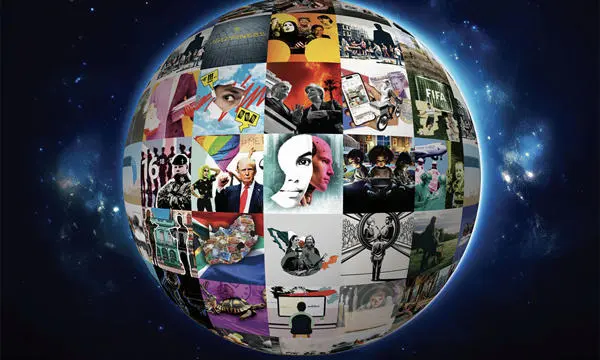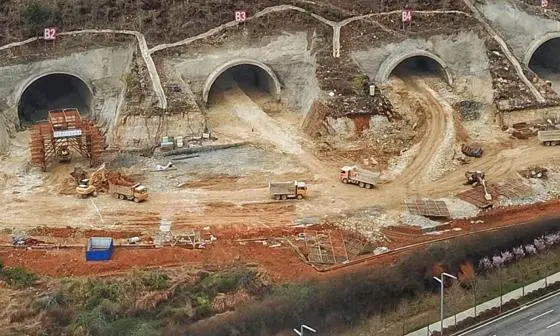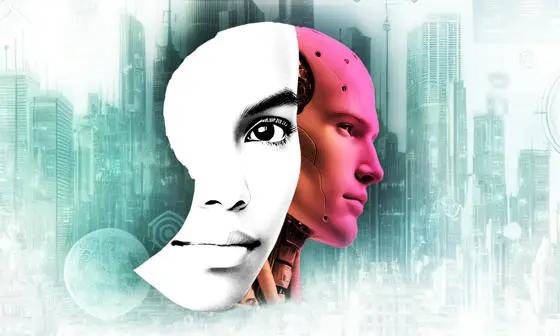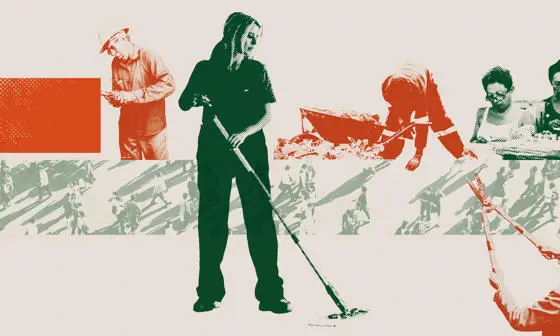Does increased use of AI have to mean job losses?
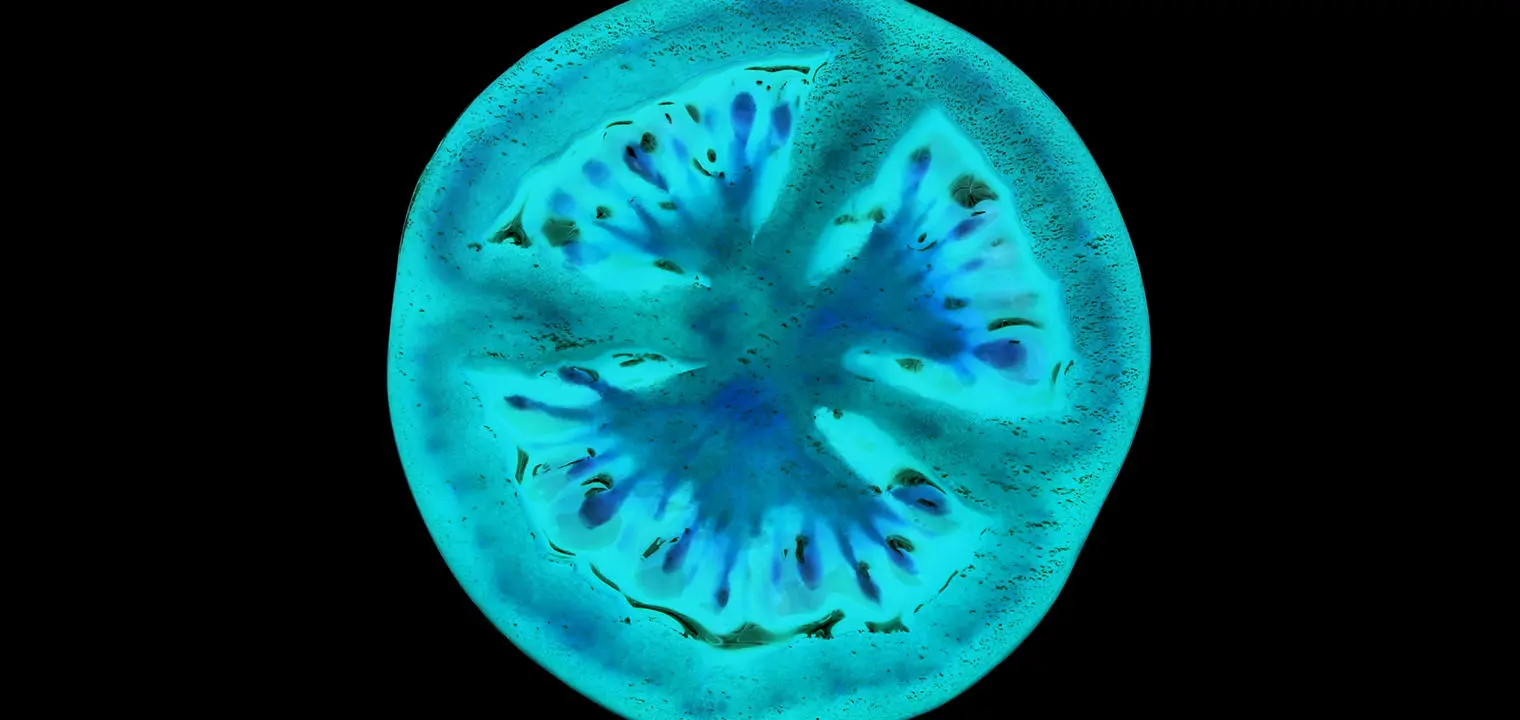
Contents
A packet of humble tomato seeds can cost as little as 49 pence, a price that obscures the true value of the market – the flower- and plant-growing industry is estimated to be worth £1.8 billion in the UK alone. Seeds are big business, but profit is linked to a company’s ability to ensure it is selling only those of the highest quality.
Seed sorting might seem like a task ripe for automation – after all, AI excels at pattern recognition. But introducing AI into a process long shaped by human judgement raises complex questions. As with all new systems, deciding how best to integrate machine learning into established processes, and what the longer-term consequences of decisions made as a result of today’s tech might be, are as yet unclear.
One company's decision to use AI to manage its seed sorting processes, however, has enabled Dr Tomislav Karačić, Assistant Professor of Information Systems in the Department of Management at LSE, to interrogate this issue. His study highlights the uses and limits of machine learning and identifies potential pitfalls and opportunities – both with the management of human labour and overall performance of the task – that companies will need to consider if they are to integrate this new technology into their daily businesses effectively.
"AI washing": too many companies are misrepresenting AI usage
Although the study of AI in business is not novel, there is little information systems and management research into the use of AI in agriculture – a striking omission when we consider that around 40 per cent of the world’s population have been estimated to work in agrifood systems.
"There wasn’t a single paper that I was able to find, which actually took this context, and that seemed strange to me because with pressing issues like climate change and population growth, the concern about not having enough food is important for the whole world," says Dr Karačić.
One of the reasons for this may be the difficulty in accessing information. "I spent over a year and a half looking for a case organisation," Dr Karačić recalls. Beyond the proprietorial nature of company data, Dr Karačić discovered that the messages companies project to the world are not always aligned with the behind-the-scenes reality. "It was surprisingly difficult to find a company that did not just claim to use AI, but which actually used it," he says. "It’s terrifyingly common for organisations to present themselves as AI-driven when they're actually not."
Reasons for this range from wanting to be considered more innovative than their competitors, to needing to be seen as standard as AI terminology became more common. "If everybody’s doing it, you ought to be doing it," says Dr Karačić. "And the definition of AI is not clear anyway: there’s also a lot of grey space so you might as well use the term. No one wants to be the only one not doing it."
Dr Karačić eventually identified a company that was not just making innovative use of AI to develop new plant varieties, but was also willing to give him access to study its implementation. "This company had committed to not using any gene editing in their development, but because of this, they struggled to cope with the speed of competitors that were using these techniques. They decided that investing in machine learning would be the way to address this and help them develop new varieties of plants that are, for example, resistant to diseases or more adaptable to climate change with the same speed of their competitors using gene editing," he says.
Developing a new plant variety is only one part of the process, however. For a company to be competitive, it must ensure that farmers buying its seeds can be confident in their crop. Industry standard is that at least 90 per cent of seeds in a packet must germinate, meaning that companies selling seeds below this mark will quickly find themselves out of profit. As a result, any seed considered defective is sorted out of the assembly line as part of the packaging process.
Dr Karačić gives the example of tomato seeds to explain: "Imagine one tomato seed would be sold for one euro, and a kilo of tomato seeds has 250,000 seeds. A very small bag can be worth one million euros. If only 85 per cent of them are good, however, then it basically becomes worthless – it's considered a waste – whereas if 90 per cent grow, that is a quarter of a million per kilo. So if you invest several million euros into a machine that can get it right every time, that pays off relatively quickly."
Seed sorting might sound simple from the outside, but it actually requires a high degree of sensory and experiential knowledge. "Although the workers have machines to help, they would have to build up knowledge through doing – so grabbing the seed in their hands, rubbing them, smelling them, looking at them, trying to figure out what's wrong with them if they thought they were bad," says Dr Karačić.
"This means that it's very hard to articulate how they are actually doing seed sorting. It’s also not a foolproof process – sometimes it just doesn’t work." And so seed sorting was a perfect case to study how AI changes are implemented.
The human cost of AI
At first glance, the story seemed to confirm a common fear: that AI would simply replace human workers. "Initially, the ambition was to automate much of the sorting process," says Dr Karačić. "There was a clear push to see how far the technology could go." But what unfolded was more complicated – a process that revealed the importance of thoughtful integration and close attention to how people and machines could support one another.
"At first they did manage to build these machines, and they worked perfectly. They had a camera which would image each seed, and the model could predict with extremely high accuracy what a good or bad seed was. Then these pneumatic tubes would sort them into waste or good bags, so the whole process became machine-driven," says Dr Karačić.
"What this did initially to the seed sorters was to effectively turn them into operators – so they were only needed to press start and stop or clean the machines – but the sorting was done by machine."
Although on the surface it might appear that the "expertise" had been successfully transferred from a person to a machine, Dr Karačić explains that more was in play than immediately apparent. Although former seed sorters' responsibilities had shifted to the manual operation of these machines, their learning of what a good and bad seed looked like continued to develop.
"These machines use X-ray imagery to determine if a seed is viable or not, and so for the first time in their lives these workers, who had been sorting seeds for decades, could see the insides of these seeds. And they started noticing patterns."
At first, Dr Karačić says, these patterns were just discussed amongst themselves – a detail considered unimportant. Until, that is, the machines stopped working.
"The developers were really not sure why the machines had become less reliable. But because the seed sorters had developed an understanding of the patterns in the physical seeds over their years of physical sorting, they had also noticed when different and new patterns began to emerge on the images. Through their expertise, the company was able to identify what was happening."
As a result of their observations, the company understood the problem: as new varieties of seed were being developed, new defects were also being introduced into the seed’s lifecycle. Although the AI imagery could see these defects, because they had not existed at the time the model was developed, the machines were unable to identify which were good or bad.
How AI led to the upskilling of seed sorters
Following this discovery, the developers recommended that the company deploy people to undertake a quality check as part of its seed sorting process.
"This became their new task, but they also started initiating all sorts of research projects, collaborating with lab technicians, with seed researchers, etc. And suddenly they become this very important knowledgeable worker in the organisation," says Dr Karačić.
"Over just five years, the role of seed sorters at the company changed dramatically. People who had long worked in roles often undervalued or assumed to be automatable became key operators in a new AI-supported process. Many of these same individuals are now working with advanced software and contributing to decisions that are central to plant science and seed quality."
The introduction of AI changed how work was organised – and recognised. Workers who had long been involved in hands-on sorting, and later in maintaining and overseeing the machines, became essential to the system’s operation. Their familiarity with seed quality and their close involvement with the new technology positioned them as key contributors to the overall process.
Technology that was initially seen as a way to automate workers’ tasks ended up reshaping their roles instead. Rather than being sidelined, these workers became more central – taking on new responsibilities, working with data, and developing skills that positioned them as experts in a hybrid system of human and machine decision-making.
AI ended up being a success story for these workers and the company, but things could have played out very differently. Had they been fully replaced too early, the company might have lost the ability to operate at all. Had the workers not paid attention to their new roles, they might have missed the new patterns developing.
The move towards using AI to maximise both efficacy and efficiency appears unstoppable, and as Dr Karačić’s findings show, successful implementation can benefit both the company and its workers. For upskilling to become the norm rather than the outlier, however, companies must proceed with care.
"Companies really need to be more specific when they look at integrating AI into their systems and really think through what exactly they need. What is the format of the data that they want to use? What are some of the algorithms they want to rely on? What are the new variables that machines might need to manage in the future? By making the process much more specific, companies will hopefully have more long-term ability to adapt as things change. This should also help reduce the aura of mysticism around AI that has allowed many to overinflate their current uses of this technology, which would also be beneficial."
Dr Tomislav Karačić was speaking to Jess Winterstein, Deputy Head of Media Relations at LSE.
AI, technology and society special edition
At LSE our researchers are using technology’s revolutionary power to understand our world better, looking at AI and technology’s potential to do good, and limiting its potential to do harm.
Browse upcoming events, short films, articles and blogs on AI, technology and society on our dedicated hub.
Join us on campus or online wherever you are in the world for LSE Festival: Visions of the Future, a week of special events 16-21 June 2025, free and open to all.
The London School of Economics and Political Science (LSE) is a world-leading university, specialising in social sciences and named University of the Year by the Good University Guide 2025. Based in the heart of London, we are a global community of people and ideas that transform the world.
